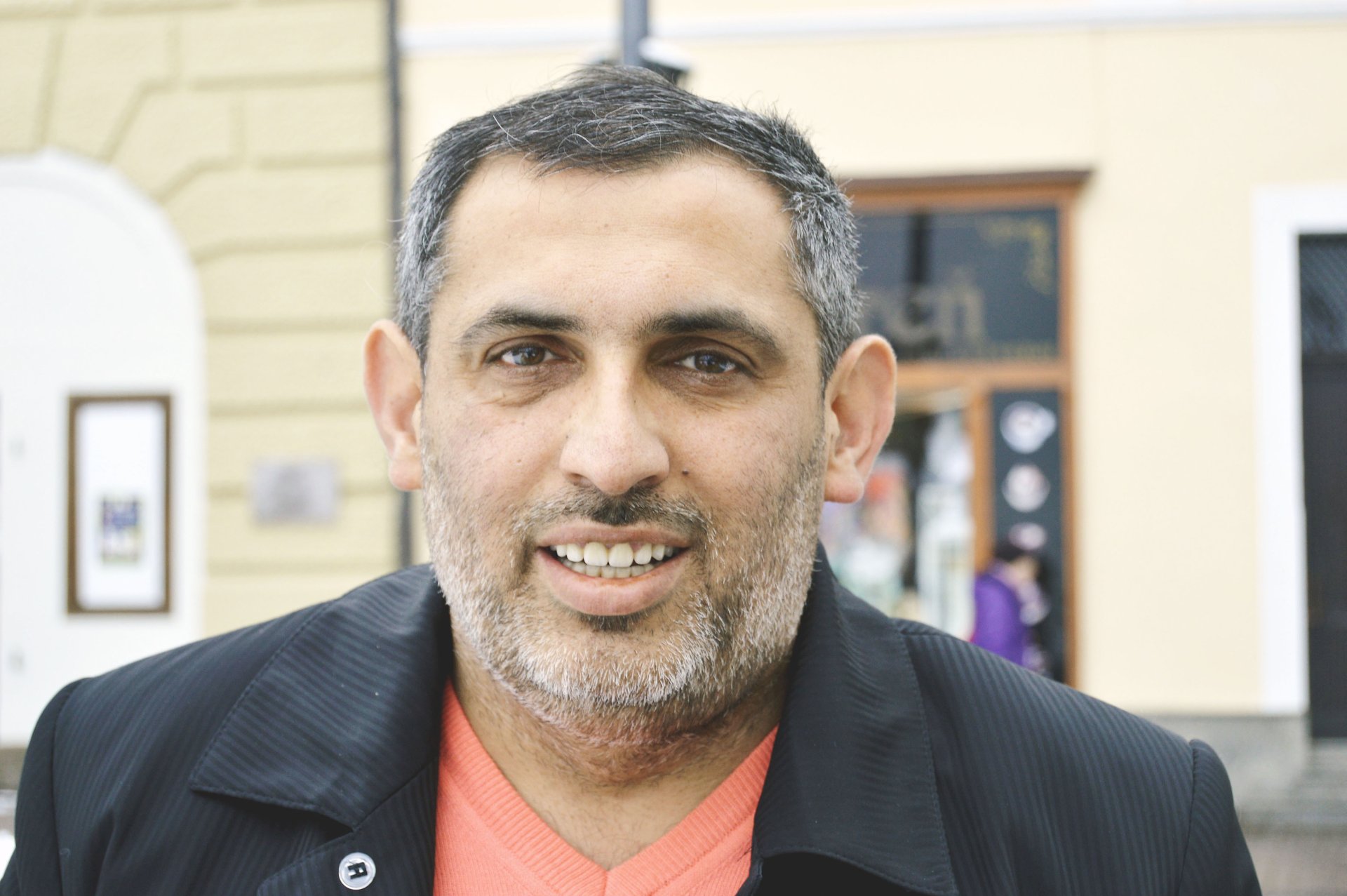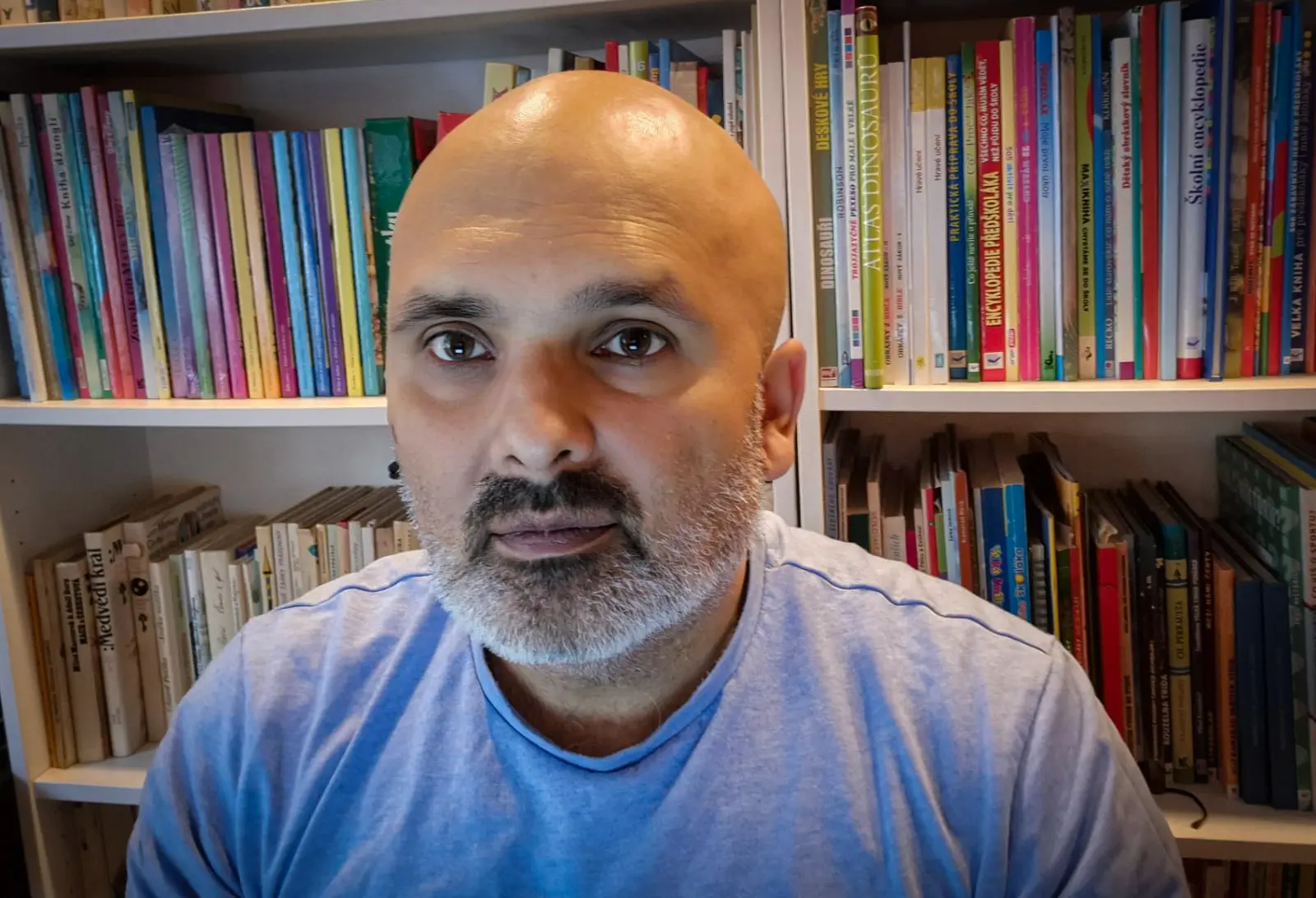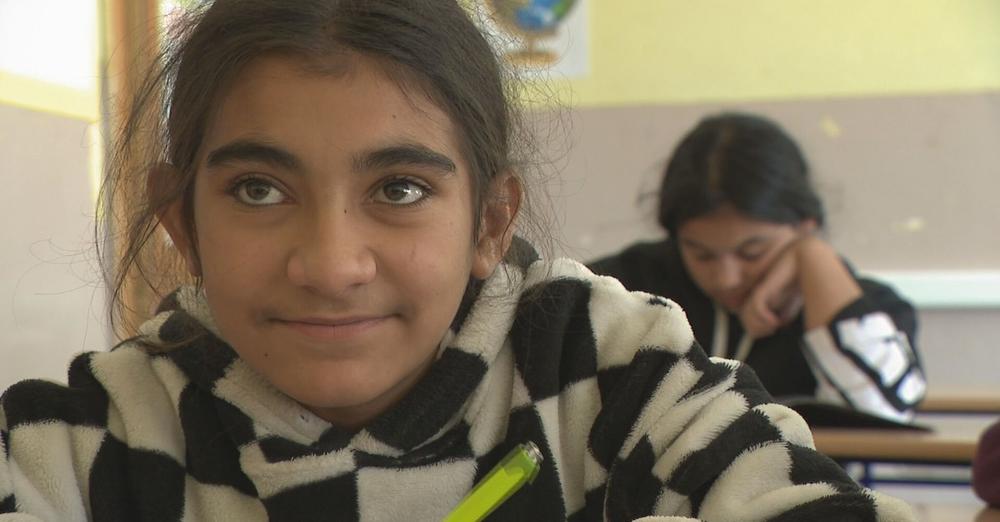According to Romano Forum, the current Plenipotentiary for Roma Communities, Alexander Daško, is failing to prevent discrimination in the policies of other ministries.
The fourth government of Robert Fico is marked by a frontal attack on civil society and the weakening of non-governmental organizations. This political trend is also being copied by the Office of the Plenipotentiary of the Government for Roma Communities under the leadership of Alexander Daško, who is the nominee of the Smer-SD party.
After the elections, the Office suspended the organization of the Congress of Young Roma, which was founded by Daško’s predecessor Ján Hero. It was a format that allowed young university students from excluded communities to collaborate on proposals for inclusive policies and the fight against poverty.
- Splnomocnenec pre Rómov zlyháva vo svojej základnej úlohe. In: Dennik N. 04.02.2025. https://dennikn.sk/4446510/splnomocnenec-pre-romov-zlyhava-vo-svojej-zakladnej-ulohe/












